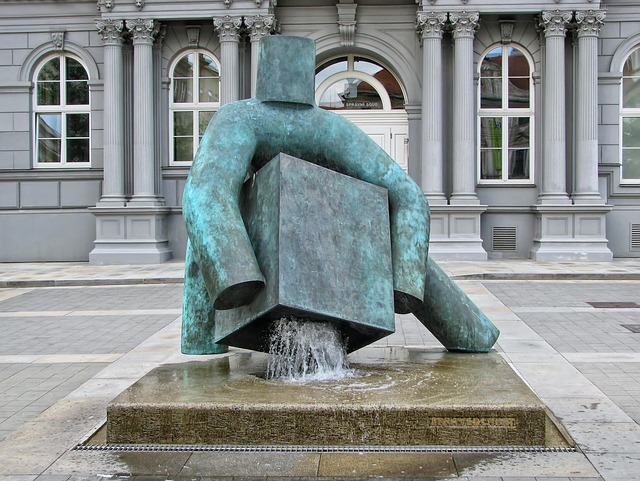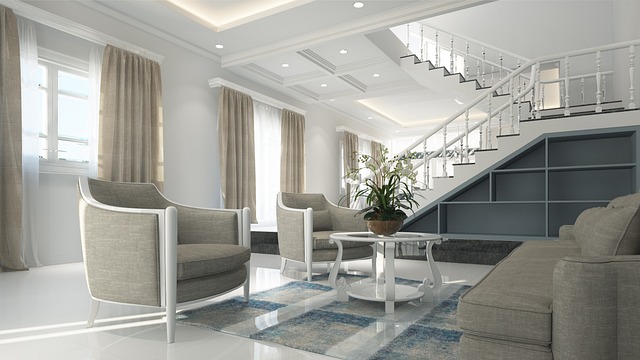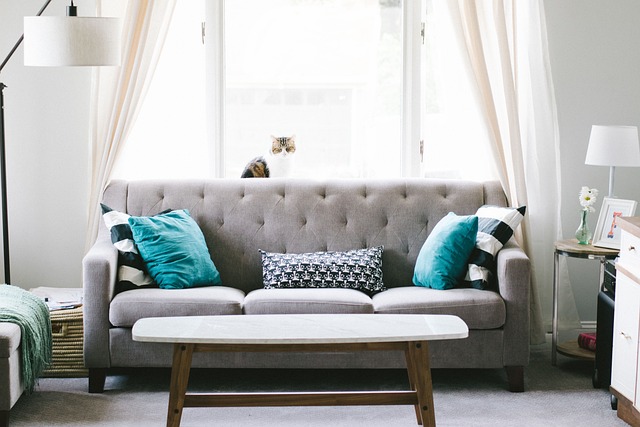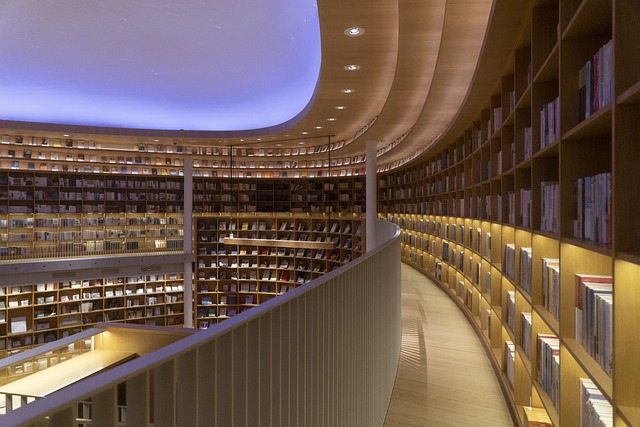Copper has long been a staple in the applied arts, revered for its malleability, conductivity, and enduring luster. In contemporary practice, copper art has evolved from purely functional objects into expressive, sculptural statements that resonate with modern aesthetics. Artists, designers, and architects are exploring the metal’s inherent versatility, employing it as a medium for both ornamentation and structural innovation. The result is a vibrant dialogue between tradition and invention, where copper becomes a canvas for experimentation in texture, form, and light.
The Evolution of Copper in Applied Arts
From the Bronze Age to the present day, copper has served as a cornerstone of artistic expression. Early societies used hammered sheets to create ceremonial vessels, while medieval craftsmen combined copper with tin to forge durable tools and decorative plates. The industrial revolution introduced new forging techniques, such as roll‑forming and extrusion, which expanded the possibilities for large‑scale copper installations.
In the 20th century, the Bauhaus movement embraced copper for its industrial appeal and malleability, allowing designers to craft sleek, minimalist furnishings that reflected the era’s fascination with function and simplicity. Meanwhile, the Arts and Crafts movement celebrated copper’s hand‑crafted qualities, producing ornate copperwork that highlighted the artisanal skill of the maker.
Today, copper art exists at the intersection of heritage and innovation, where modern artists reinterpret the metal’s classical attributes through contemporary lenses. By integrating new technologies—laser cutting, 3‑D printing, and chemical patination—artists push the boundaries of what copper can achieve, creating pieces that engage viewers both visually and conceptually.
Materials and Techniques
Copper art is defined not only by the metal itself but also by the techniques that bring a vision to life. The following methods are central to modern copper practice:
- Welding and Soldering: Advanced TIG welding allows precise joining of copper components, while low‑temperature soldering preserves delicate features.
- Patination: Chemical treatments can produce a spectrum of colors—from verdigris green to deep black—adding visual depth and historical resonance.
- Acid Etching: Fine details are etched into copper surfaces, creating intricate patterns that catch light in unique ways.
- Laser Engraving: High‑precision lasers carve complex geometries with minimal distortion, ideal for large-scale installations.
- Heat Treatment: Annealing softens copper, enabling fluid shaping, while quenching can produce subtle grain patterns.
“Copper’s dual nature—soft enough to bend, yet strong enough to hold its shape—makes it an ideal medium for exploring the relationship between movement and permanence.”
Contemporary Artists Shaping the Field
Several contemporary artists have redefined copper art, blending sculptural ambition with functional design. Below are some notable figures and their contributions:
- Eva L. Henson: Henson’s series of kinetic sculptures uses copper rods and magnetic fields to create fluid, ever‑changing forms that challenge the viewer’s perception of static art.
- Marco Della Corte: Known for his architectural copper facades, Della Corte transforms building envelopes into living artworks, utilizing patinated layers to emulate weathered stone.
- Amina Khaled: Khaled incorporates traditional Middle Eastern motifs into contemporary copper tapestries, marrying hand‑loomed textiles with metallic threads to create multidimensional pieces.
- René Liu: Liu’s installation pieces combine copper and recycled glass, exploring themes of sustainability and the cyclical nature of materials.
- Sofia Petrovic: Petrovic specializes in small‑scale jewelry that uses micro‑welding to create interlocking copper elements, highlighting precision and detail.
These artists demonstrate that copper art is not limited to one form or function; it is a versatile medium capable of addressing aesthetic, environmental, and cultural questions.
Integration into Interior Design
Modern interiors increasingly feature copper elements to create warmth, texture, and a sense of continuity between spaces. Copper art is applied in several contexts:
- Lighting Fixtures: Copper sconces and chandeliers provide a soft glow that enhances ambient lighting while adding a metallic accent.
- Wall Panels: Intricate copper cladding can act as both functional insulation and decorative feature, contributing to a building’s acoustic performance.
- Furniture: Custom-made tables and chairs with copper inlays introduce subtle sophistication to everyday objects.
- Flooring: Copper‑infused tiles or polished copper surfaces introduce reflective surfaces that amplify natural light.
- Ceiling Treatments: Copper ceilings can feature engraved patterns, adding depth and shadow play throughout a room.
Incorporating copper art into interior design requires careful consideration of maintenance, as the metal naturally oxidizes over time. However, this patination process can be embraced as part of the design narrative, turning the artwork into an evolving element of the space.
Environmental and Ethical Considerations
While copper is highly recyclable—often reused with minimal energy consumption—the extraction and refining of raw copper can have significant environmental impacts. Responsible copper art practices address these concerns through:
- Using recycled copper sources to reduce mining footprints.
- Applying eco‑friendly patination chemicals that lower toxicity.
- Designing pieces with modular components for easier disassembly and recycling at the end of their life cycle.
- Collaborating with manufacturers to ensure sustainable production methods.
Artists and designers increasingly prioritize transparency in their supply chains, ensuring that the copper they use meets ethical standards and promotes responsible stewardship of natural resources.
Future Directions in Copper Art
The trajectory of copper art suggests several emerging trends that will shape its evolution over the next decade:
- Smart Metal Integration: Embedding sensors and responsive elements into copper art allows for interactive installations that respond to environmental stimuli.
- Hybrid Material Assemblies: Combining copper with polymers, wood, or glass opens new aesthetic possibilities and functional applications.
- Digital Fabrication: Advanced 3‑D printing and CNC machining enable unprecedented precision, allowing artists to explore micro‑scale copper structures.
- Adaptive Patination: Chemical treatments that can change color based on temperature or humidity introduce dynamic visual experiences.
- Community‑Engaged Projects: Public art initiatives that involve local communities in the creation and maintenance of copper installations foster cultural ownership and social cohesion.
These developments underscore the medium’s capacity to adapt, innovate, and respond to the evolving demands of contemporary society.
Conclusion
Copper art stands at a unique crossroads where history, craft, and technology converge. Its enduring beauty and malleable nature make it an ideal canvas for artists who seek to fuse function with form. By embracing modern techniques and ethical practices, contemporary creators are transforming copper from a traditional material into a dynamic language that speaks to both aesthetic sensibilities and societal values. As the field continues to expand, copper art will remain an influential force within the applied arts, inspiring new generations of designers, architects, and artisans to reimagine the possibilities of this timeless metal.




